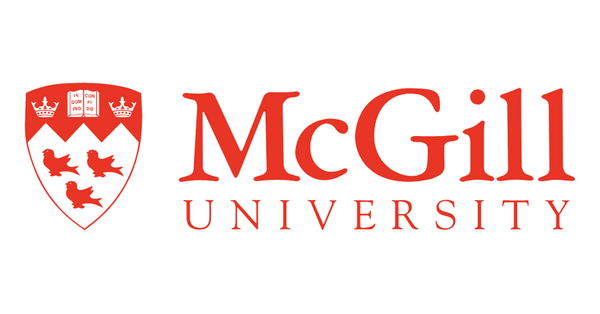McGill University: Advancing climate research thanks to new satellite mission co-led by McGill University
Canadian scientists will contribute to assessing and addressing climate change thanks to a new satellite mission that has received more than $200 million from the Canadian federal government. This is Canada’s contribution to a major multi-satellite mission led by NASA, the Atmosphere Observing System (AOS) mission, and will improve extreme weather prediction, climate modelling, and the monitoring of disasters.
Canada’s contribution to the larger AOS mission is the High-altitude Aerosols, Water vapour and Clouds (HAWC) mission. It consists of two Canadian instruments on a Canadian satellite and a third instrument on a NASA satellite, all planned for launch in 2031. These innovative instruments will provide critical data, enabling Canadian climate scientists and weather forecasters to better understand and predict extreme events, like severe storms, floods, droughts, and poor air quality conditions. HAWC and AOS data will be fully accessible.
Improving our understanding of the atmosphere
McGill University researchers have made critical contributions to the development of HAWC satellite mission by identifying ways to use future HAWC measurements to improve our understanding of the Earth radiation budget, especially the energy in the far-infrared spectrum, and the impacts of deep convection on the atmospheric water vapor distribution.
“Canada has always played a key role in international space programs, helping to find solutions to global challenges. Today’s more than $200 million announcement builds on those successes with our participation in NASA’s AOS program,” said The Honourable François-Philippe Champagne, Minister of Innovation, Science and Industry. “It also speaks to our commitment to harnessing science and research to address climate change, natural disasters, and other issues that are important to Canadians.”
“This funding will provide an excellent opportunity for McGill researchers to participate in a satellite mission to monitor the atmosphere with researchers from across Canada,” said Martha Crago, McGill’s Vice-Principal of Research and Innovation. “We can all be very proud that McGill will be a part of this important mission.”
The HAWC mission is a collaboration between four co-lead institutions — McGill University, University of Toronto, University of Saskatchewan, and l’Université du Québec à Montréal — and nine other universities across the country, the Canadian Space Agency (CSA), Environment and Climate Change Canada, Natural Resources Canada, the National Research Council of Canada, and Canadian aerospace companies with expertise in optics and satellite technology.

